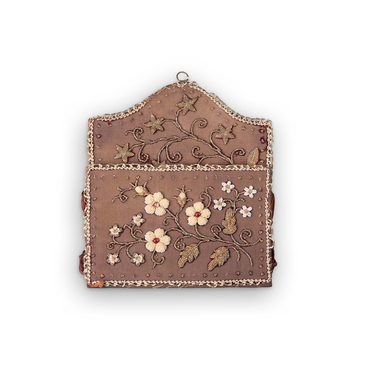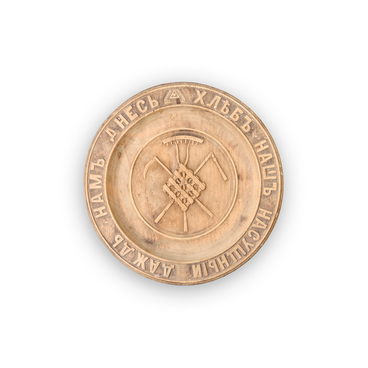An essential component of the musical folklore of the Belgorod region is traditional musical instruments. Judging by how often folk instruments are mentioned in the song folklore of the region, it is evident how widespread and beloved they were among the people.
Even in ancient times, people noticed that sound can be produced by striking wood or stone. While this is not yet a musical sound, it was the origin of the oldest, noisiest and most numerous group of instruments — percussion. At first, percussion instruments were used to send various signals. Later, they became musical instruments.
However, music consists not only of melody, but also of rhythm. In several districts of the Belgorod region bordering the Kursk region, people played the treshchotka — one of the oldest Russian folk percussion instruments. This instrument produces a distinctive sound that cannot be confused with anything. It was used to accompany wedding and dance songs, or songs of praise.
A sound with a definite pitch was also given by a wooden rubel, which was an object of ancient household use. Playing it was simple — a wooden stick was moved up and down along it, producing a loud crackling sound.
Wind instruments are the most diverse. Many of them have very ancient origins. They were made from wood, reeds, bulrush, clay, or animal horns. Most likely, the name of this entire group — wind instruments — comes from the old Russian word spirit (duh), which means air, and from the verb to blow (dut’), or maybe from the word soul (dusha). After all, in order for the sound to become truly musical, one must play with soul, putting one’s spirit into the performance. Apparently, the first creators of wind instruments were shepherds — people of one of the most ancient professions.
Various flutes, reed pipes, whistles, horns, and reed flutes were easily crafted from available materials such as reeds, cane, and branches.
The first instruments had a simple structure. Over time, they were made more complex with various additions: reeds, sound holes, and mouthpieces. Wind instruments without sound holes were made from the horns of domestic and wild animals. These were simply called horns.
One of the recent discoveries in Russian folklore
studies is the tradition of playing the grass flute. This instrument was
commonly used in Alekseevsky, Krasnogvardeysky, and Valuysky districts of the
Belgorod region. People played the grass flute during the summer, from mid-July
until the cold set in. The tradition of playing the flute is still alive in the
Belgorod region today.


